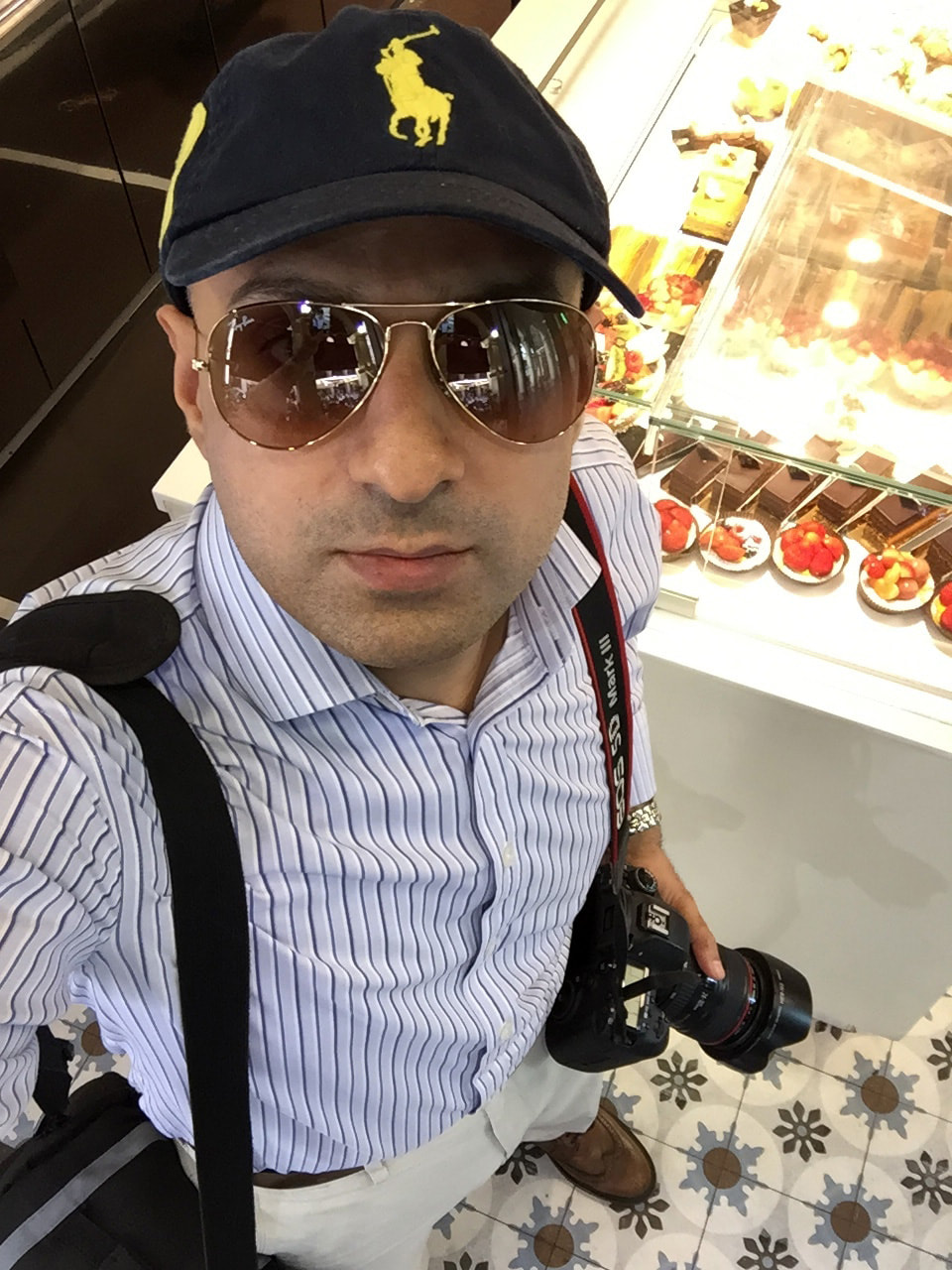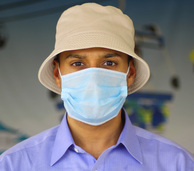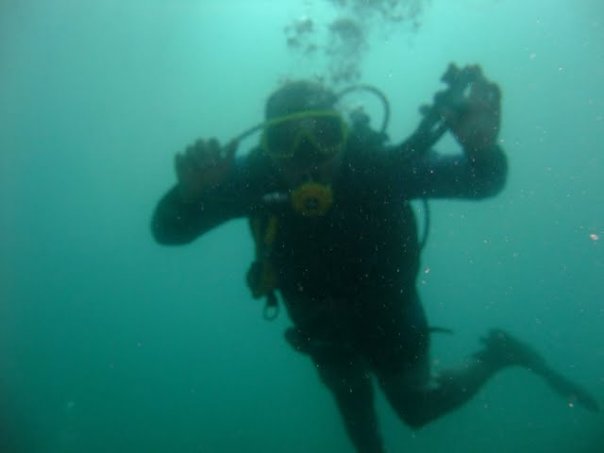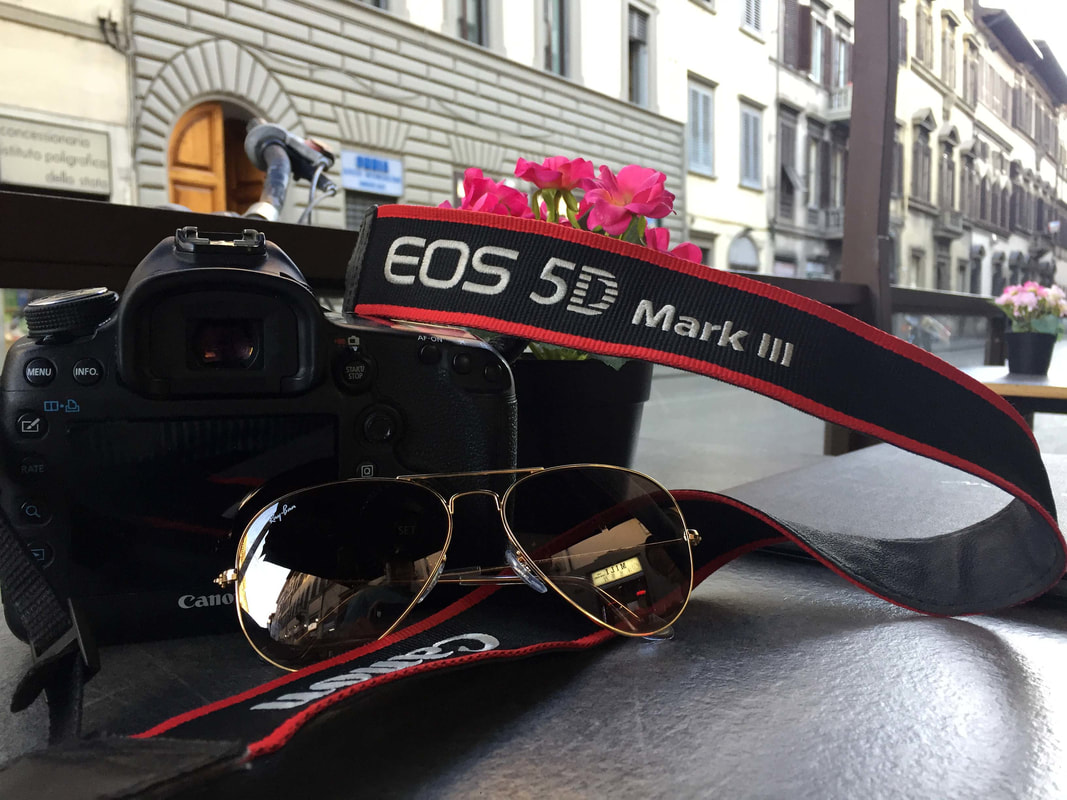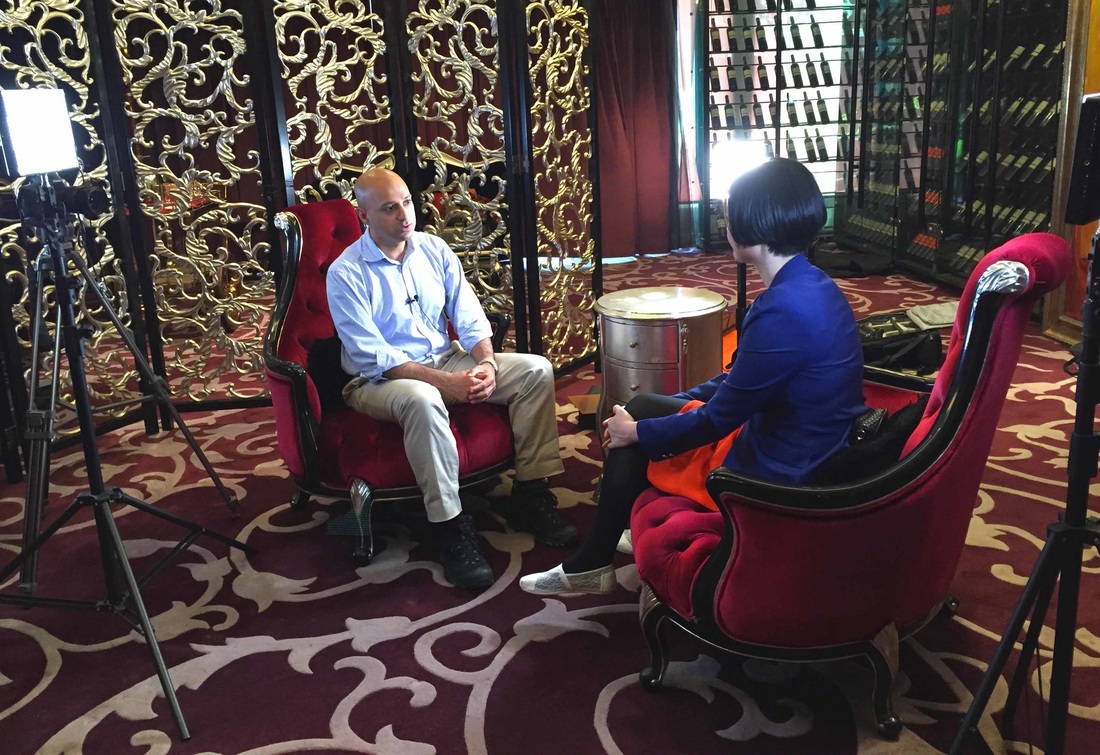Jinkeng Dazhai Longji Rice Terraces (Longji Rice Terraces), near Guilin (Guangxi Province)6/15/2011
Located in one of the most beautiful parts of China, the Longji Rice Terraces near Guilin (Guangxi Province) are famous for their stunning rice fields that descend on the slopes of the Jinkeng Dazhi area. The best way to get to the rice terraces is by bus (or private transportation) from Guilin city. If you opt to go with a tour group, then just be cautious because: 1. You may get ripped off, 2. The tour group may not converse in English, so you’ll end up being frustrated, and, 3. The driver will not stop on the way for you to take a few photographs (you’ll pass some stunning scenes, but the driver will not stop).
On the other hand, if you can speak Chinese, or if you have someone who speaks Chinese to accompany you than its all the better. Luckily, I can speak Chinese so I managed to go by myself, and even ended up bargaining on a good price to get a private taxi for myself. From the Sheraton Hotel in Guilin, I took the short 10 minute taxi ride to Guilin bus station (cost was cheap as chips). Many small minibuses go all the way from Guilin bus station to the entrance of the Jinkeng Dazhi. The cost is RMB 40 for one-way ticket and it takes around 3 hours in total because it occasionally stops for fuel (but not for more than 5 minutes at a time). If you prefer then you can take a private taxi as well, and that should not cost more than 200RMB (approx. 35USD) at the maximum. The driver will probably start at 500RMB (approx 65USD), and then you have to haggle your way down to 200RMB. Bear in mind that 200RMB is reasonable price to pay for a private driver for this distance and route. With a private driver, it should only take you 2 hours, and the beautiful thing is that the driver will stop as and when you want to stop. So if you want to suddenly stop and take a few photos, then that should not be a problem. The other (longer) way to go to the LongJi Rice terraces is by first catching a Longsheng bound bus from Guilin bus station, but get off at Heping (和平鄉), after around 2 hours. Then change to the bus that heads from Longsheng heading to the rice terraces. All the drivers know the routes, and you won’t find anyone that will cheat or scam you (in a communist country like China it is rare for any local person to cheat or trick a foreign tourist- they dare not to do that). The worst thing that can happen is that your driver may keep asking you if you want to go and see other rice terraces around the area-, which of course they will charge more for (but reasonable prices- nothing extraordinary). The Jinkeng Terraced Rice Fields and the Jinkeng Yao villages consist of 18 small Yao villages. Longji terraced fields scenic area has an area of around 70.1 square kilometres. Being part of it, the ‘Jinkeng Red Yao Terraced Fields Village’ is located in the Dazhi village, which has a population of 1190 people, and 294 families. The residents all belong to the native Red Yao ethnic minority. It’s a small community and everyone knows all the gossips that happen in the hills. In 2007, the area was officially classed as one of the first batch of typical rural landscapes in China (meaning they are available for tourism). The terraces in Jinkeng are rigged with mountains, which look like a natural hole when seen from a distance. It’s said that hundreds of years ago, a golden bull from heaven lived here and left lots of cow dung which was buried underground. The dung eventually turned into gold. Jinkeng is the geographic name for the region. It consists of Dazhi villages such as Tiantou, Zhuangjie village, Xinzhai village, and Damaojie village. The peaks that are worthwhile to climb at include ‘thousand layers to the heaven’, ‘seven stars chase the moon’, ‘music from paradise’, and the ‘golden Buddha peak’. The best and most stunning part is the Jinkeng Dazhi (金坑大寨) to Ping'an trek. The hike takes about 4 hours, and is less touristy. When you get to Jinkeng Dazhi, you’ll be met by a group of traditional women who wear their long hair into a round plat (it looks a bit like a turban!). Expect to pay around 10RMB if you take a photo of them (that’s 10RMB for each lady for each photo- which comes to about 1$USD each). It’s a local tradition to wear long hair into a turban type structure. All the women belong to the Hongyao ethnic minority group. The women are only allowed to cut their long hair once in their lives, when they are 18 years old (it used to be 16 in years gone by), which signifies that they have become adults and are officially ready to get married. As per the local tradition, the hair that has been cut off should not be thrown away but is usually kept by the grandparents or the mother. The grandparents (or the mother) keeps the hair until the woman gets married, after which the treasured hair are given to her husband as a souvenir (ahhh...romantic, hey?). During the early mornings, the Hong Yao women normally go down to the river to wash their hair with their women friends. The water from the river is blended in with the smell and the ‘flavour’ of the rice, and this natural blend of rice water is meant to be very good for keeping their hair healthy, jet black, shiny and strong. Again, you may have to pay a few RMB to take photos, but it’s quite a scene to watch. The women sing traditional local folk songs while laughing, and washing their long hair on the riverside against the beautiful backdrop of the lush green hills and mountains. Located just below the 2nd scenic spot in Dazhi is the village of Tiantouzhai (田頭寨) where there are several small guesthouses and places to eat, some with English menus and English speaking staff. The terraces look like great chains or ribbons as they wind from the foot to the top of the hill. This resourceful construction of the buildings makes best use of the scare arable land and water (the water is exceedingly FRESH here, and the locals make full use of it). The ‘Fragrant Rice Field Inn’ is located on the way to the No. 2 viewing area. To get from the entrance of the area at Jinkeng Dazhi to the village of Tiantouzhai takes around 45 minutes. There are three viewing points at the Jinkeng Dazhi, ideally numbered 1, 2, and 3. Both viewing points 1 and 3 take around two hours to climb to from the entrance of the Jinkeng Dazhai, while viewing area 1 takes just over an hour and a half. The latter provides sensational views across to the whole area early in the morning at sunrise- magical. Some people believe that the best time to visit is during the spring just as the rice is about to be planted- which is when I had the chance to go. It may be low season but it provides some stunning photos of everyday life as the locals go about their daily routines. The terraces are filled with water to aid the planting and this creates a series of mirror like reflecting surfaces; a stunning spectacle often captured by photographers. Occasionally you may hear the sound of an instrument being played by the local farmers to pass their spare time as they relax on the rice fields. The sound is similar to that of a soft flute or a conch shell. Very beautiful and goes well with the romantic scenery of the hills. Longsheng translates from Mandarin Chinese as ‘Dragon's Backbone’ and is an apt title for a ridge that has been carved over generations so that rice terraces cascade down its side for thousands of feet. The villagers still maintain the traditional way of life of the Yao people. Their ethnic garments, buildings (Diaojiaolou), and festivals are the precious references to researching Yao people's history and culture. Do not be shocked to see a live chicken, lamb or, rabbit being slaughtered for dinner at your guesthouse (I experienced this first hand as the ‘chicken with rice’ I had ordered was produced fresh using the chicken I saw a few minutes earlier just strolling along the guesthouse floor!). The chicken eggs are laid fresh, the milk is also fresh sometimes (provided by the local cows or goat), and you may even come across some other creatures that are neatly kept in the cages for lunch or dinner (pheasant, pigeons, snakes etc.). The vegetables, fruit and other produce is also from the local farms, and most locals have their own farms. If you are going in the spring, summer and autumn then its worth taking plenty of water, a pair of good quality sunglasses (with UV protection), and a hat to cover your head from the intense heat and humidity. These two things can make the climbing and hiking very uncomfortable. In addition, it is worth out pointing that climbing is easier than coming down because the steps put huge pressure onto your tired knees when descending the slopes. So make sure that you take regular breaks. Comments are closed.
|
Get in Touch:LIFE MATTERSHere I share my thoughts
and experiences during my travels, and how some things have affected my life as an expat and world traveller. Travelling is about capturing that moment in life. Every word, view and opinion on this page is that of Navjot Singh - except where indicated. The most recent is at the top. Scroll down to read the archive. Or search using CTRL+F (COMMAND + F) and enter a keyword to search the page. Just some of the stories you never heard before. The NAVJOT-SINGH.COM web blog is separate to this web site....Click blog, which may not be visible in some countries due to local firewall restrictions, so in those cases this weblog may be read. The weblog also includes some of my press trip reports- most of which are not published on the official blog because of copyright issues. The weblog also contains articles that may be associated directly with a PR trip for a country, airline or a hotel. These are PR reviews done in relations with various companies. If you are an investor or a trend watcher then you may find this website useful as investing has a lot to do with personal observations and finding the ideal trend or next big thing. The average human on the street frequently knows far more about the state of the economy than politicians, university professors, subject matter experts, and financial analysts who seldom travel, or if they do so, only from one hotel to another hotel! The pulse and vibrancy of an economy is nowhere more visible than on a country's streets. All photos and words are © Navjot Singh unless stated. Photos taken by others or by agencies are appropriately copyrighted under the respective name. No photo or word/s may be taken without the prior written permission by the author (i.e. Navjot Singh). All Rights Reserved. Archives
April 2024
Categories
All
|
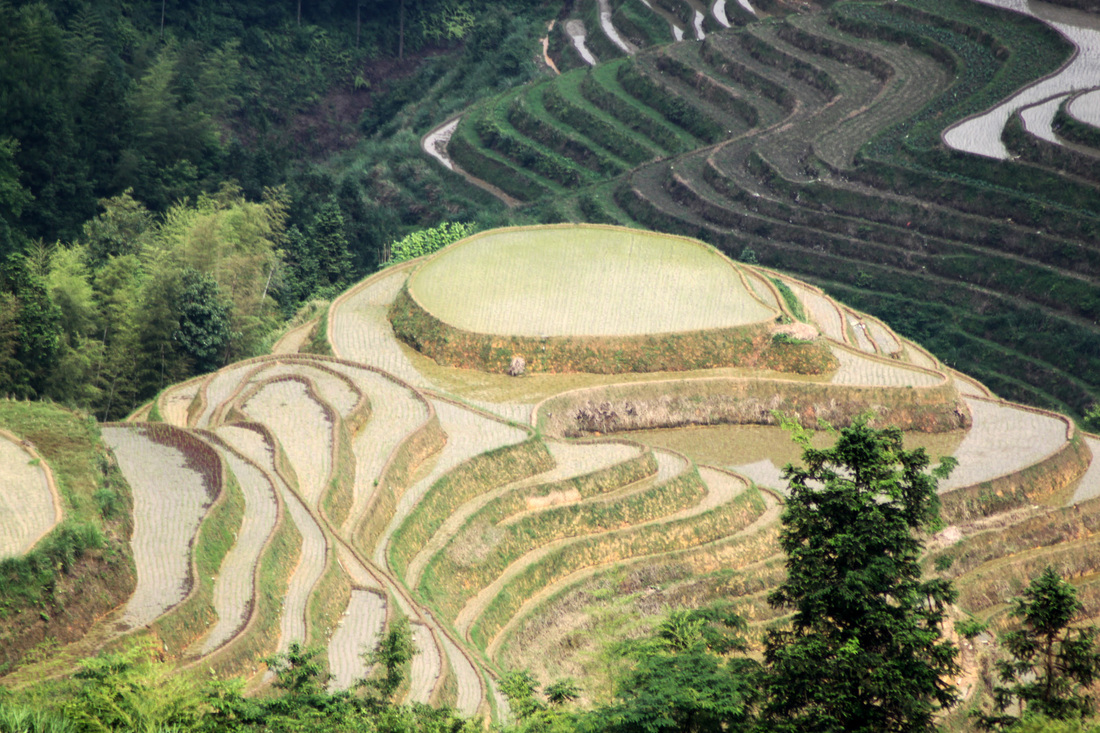
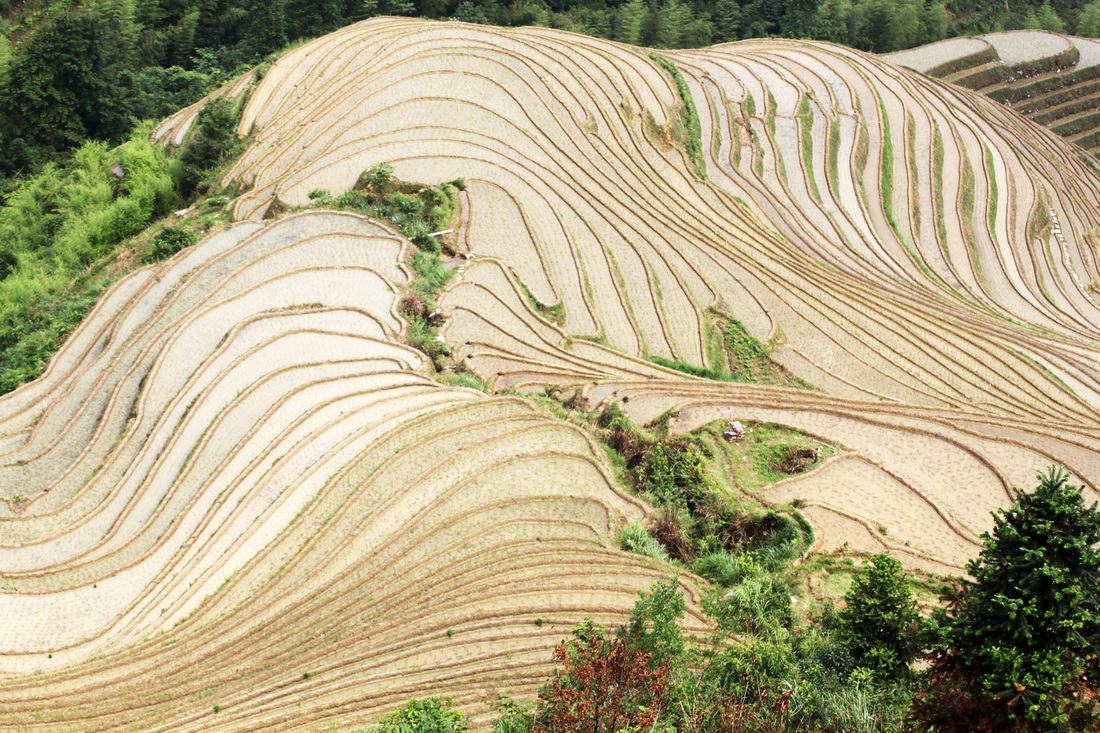
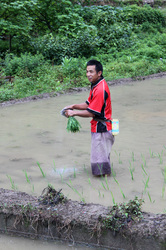
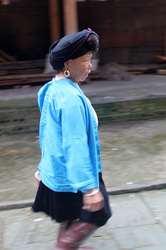
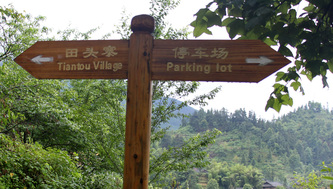
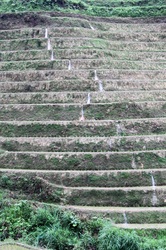
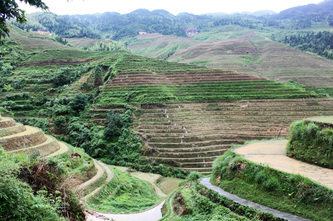
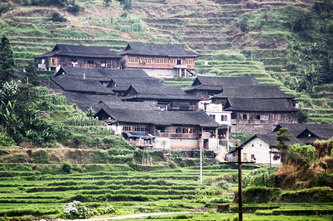
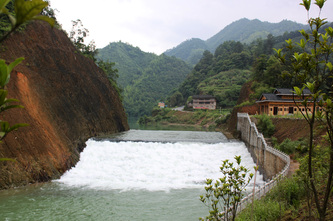
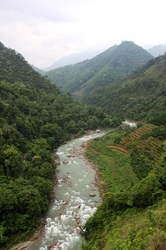
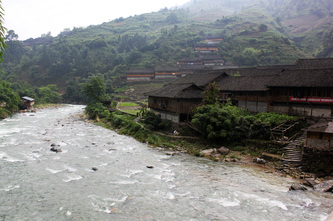
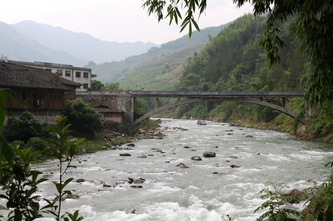
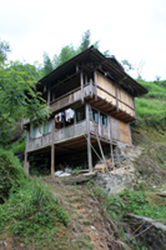
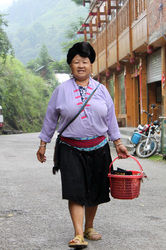
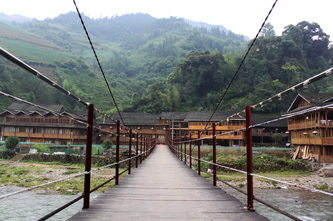
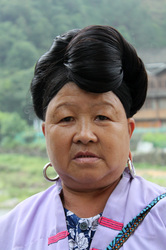
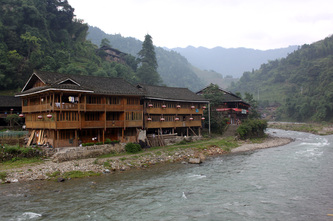
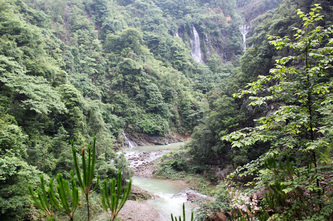
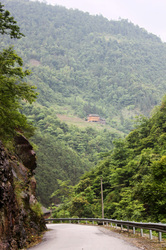
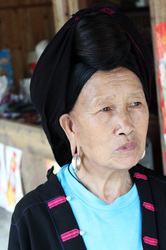
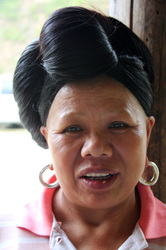
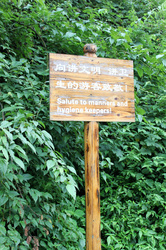
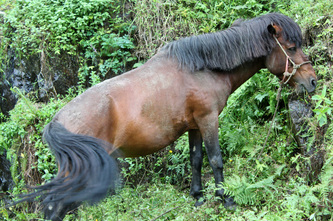
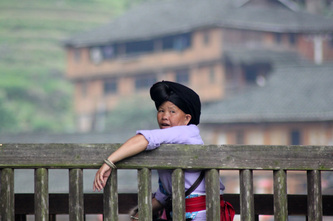
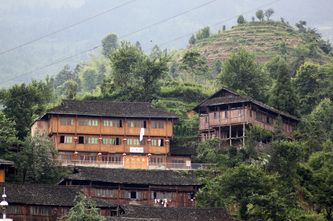
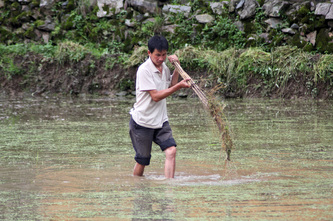
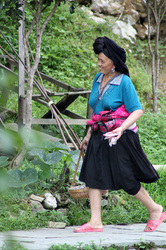
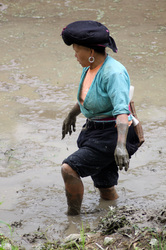
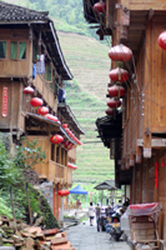
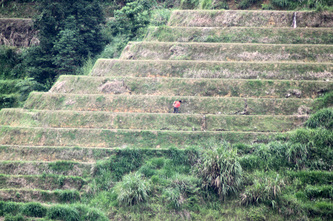
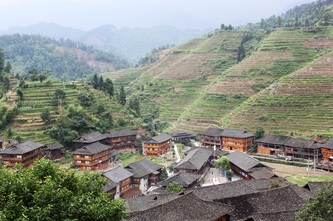
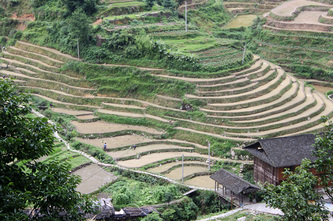
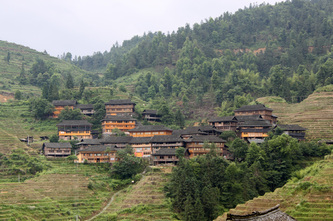
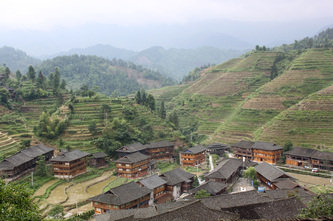
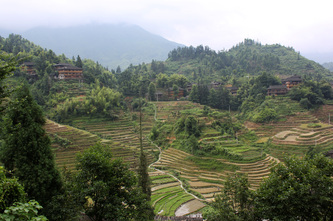
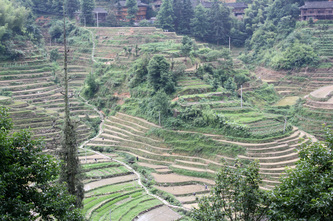
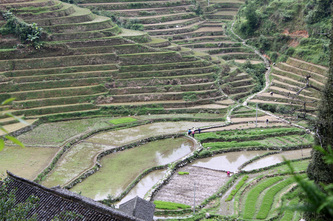
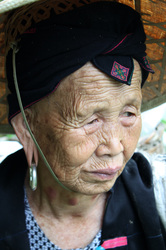
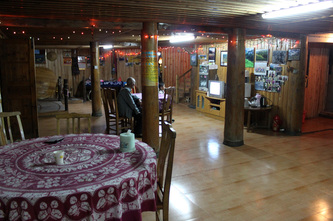
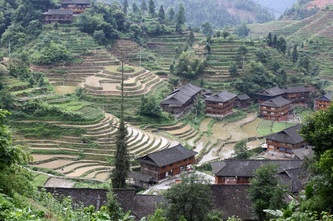
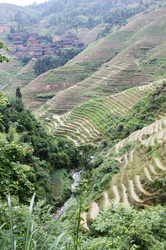
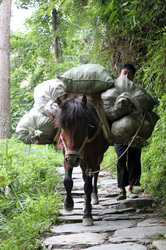
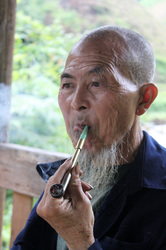
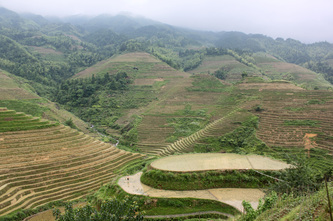
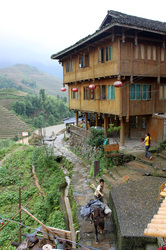
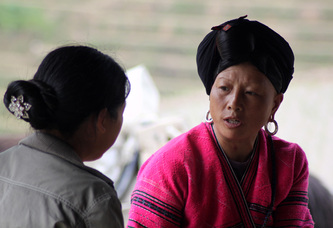
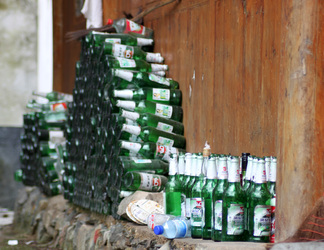
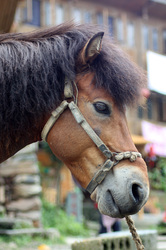
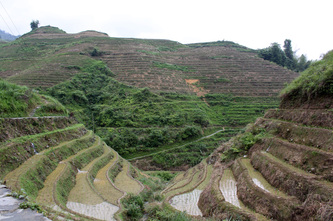
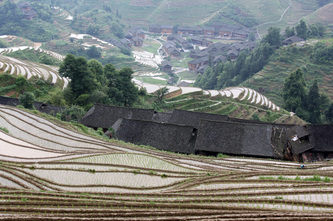
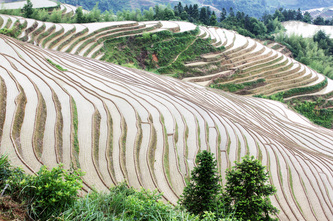
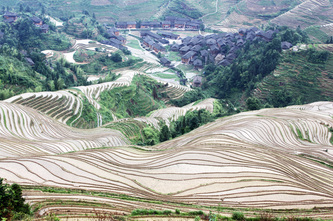
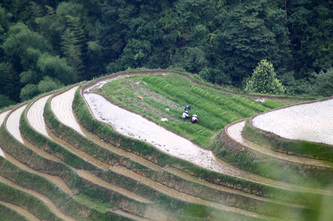
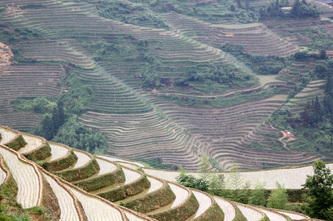
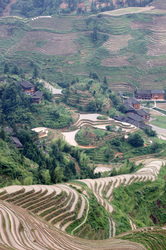
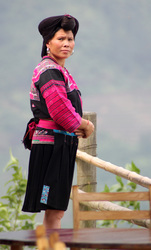
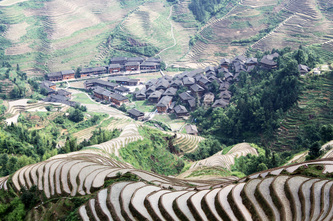
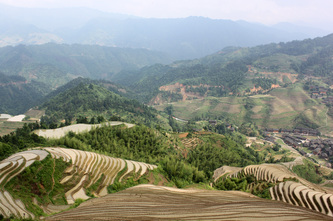
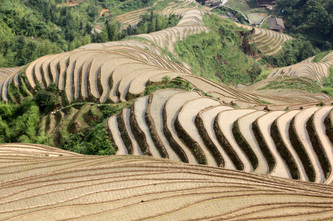
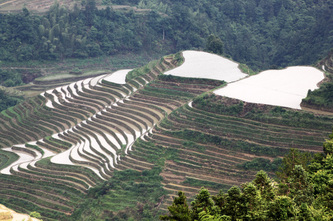
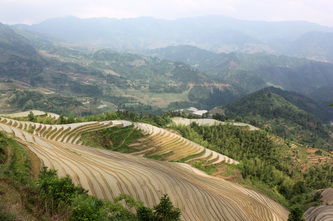
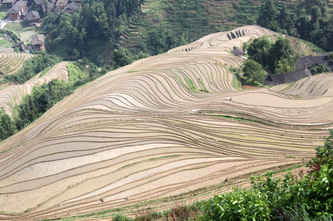
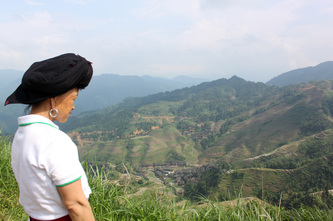
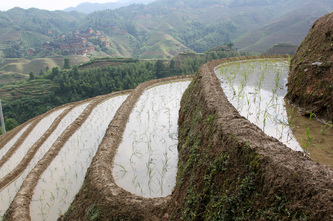
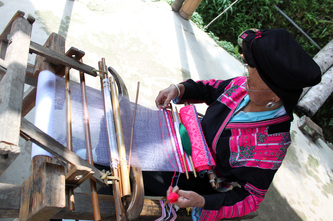
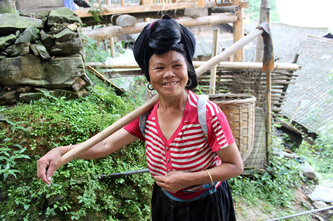
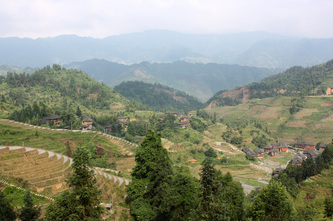
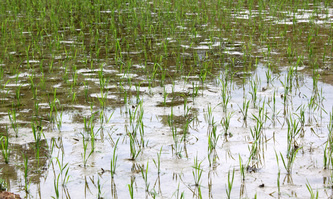
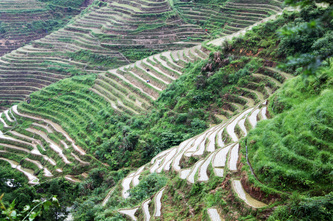
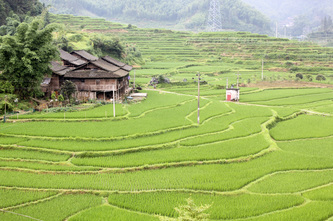
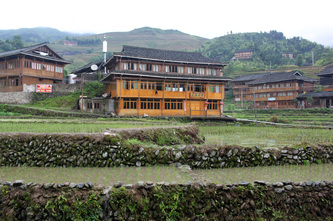
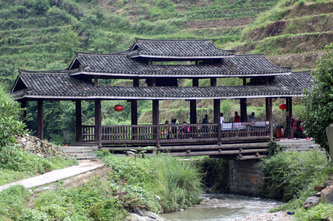
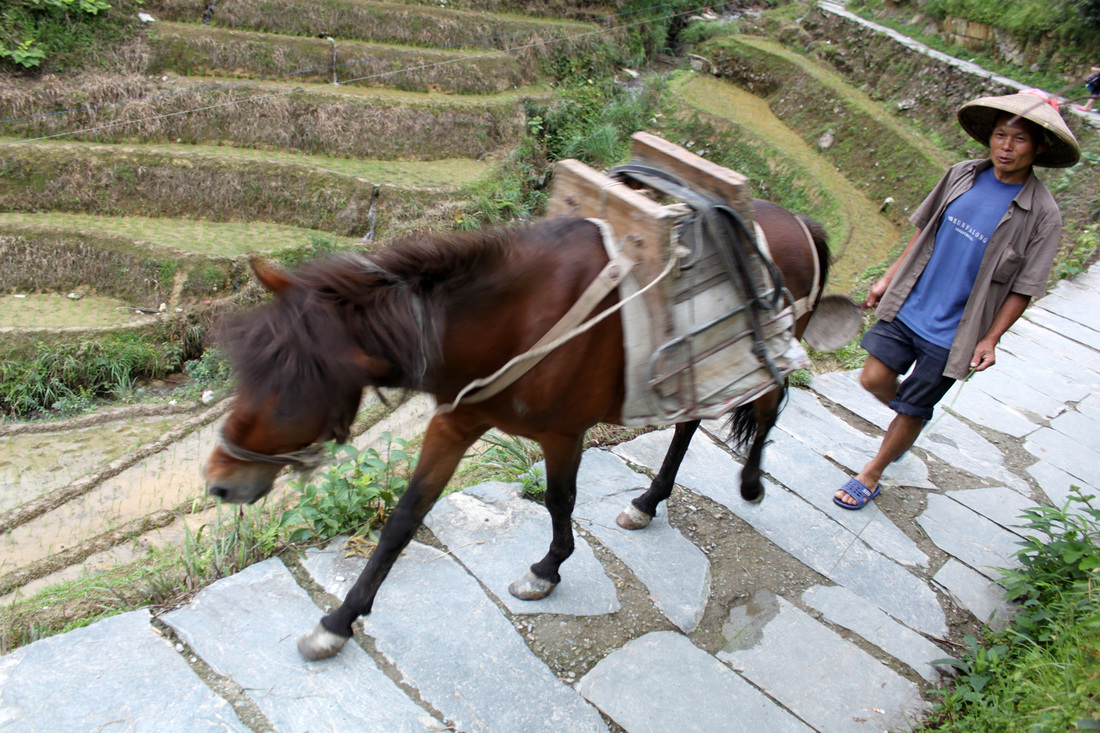
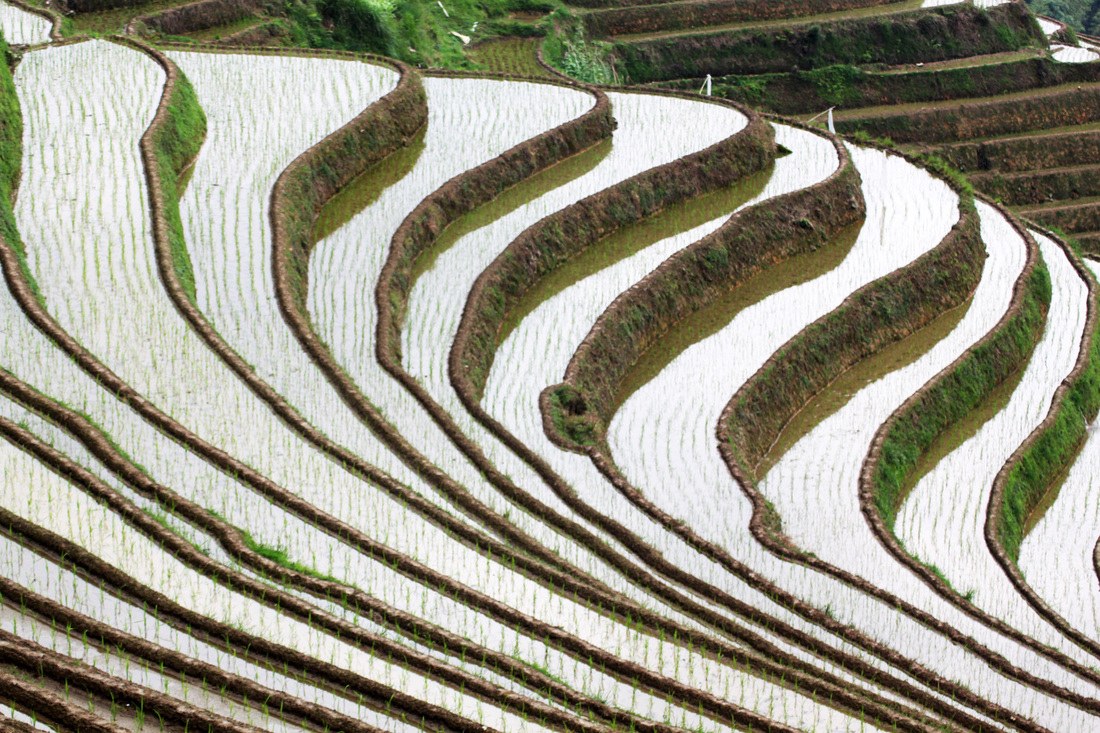
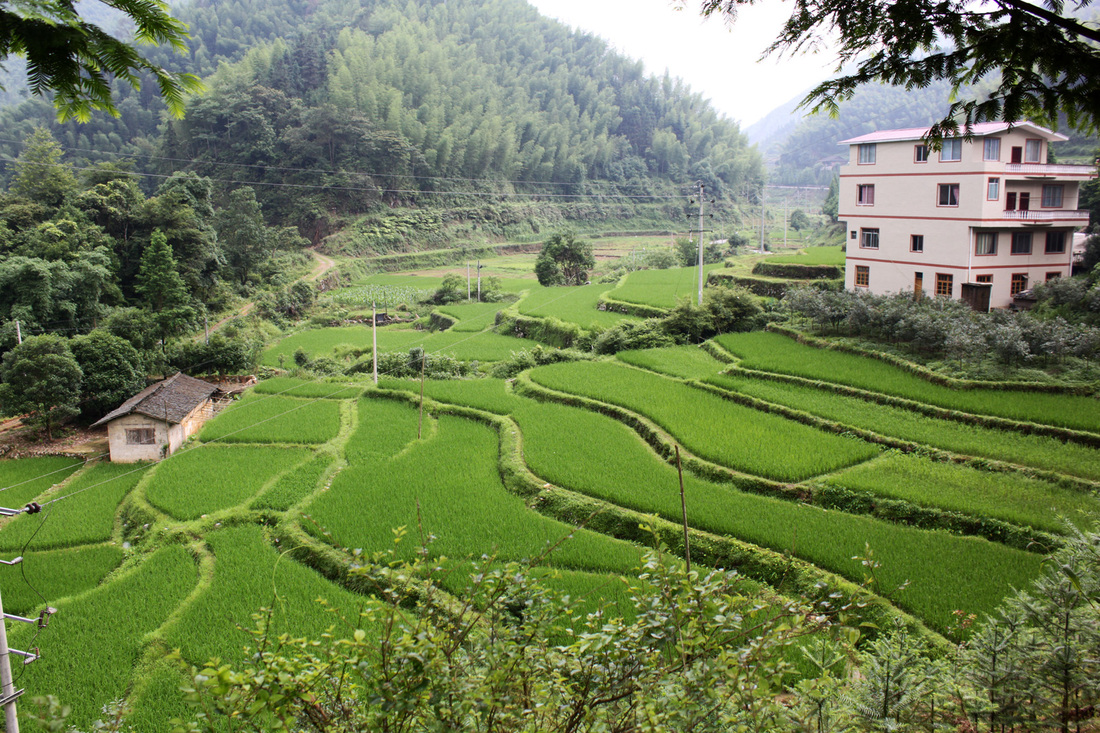
 RSS Feed
RSS Feed

